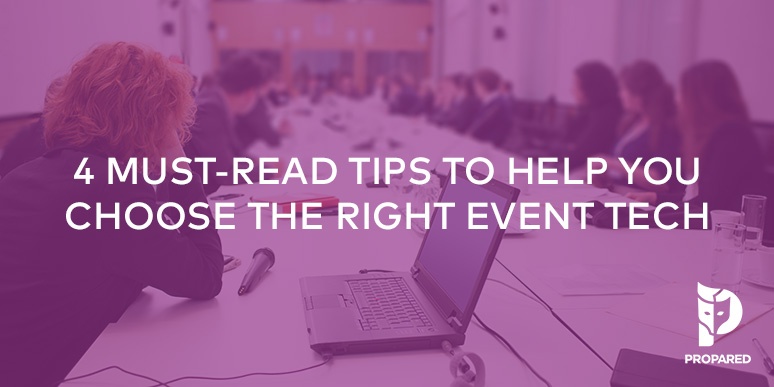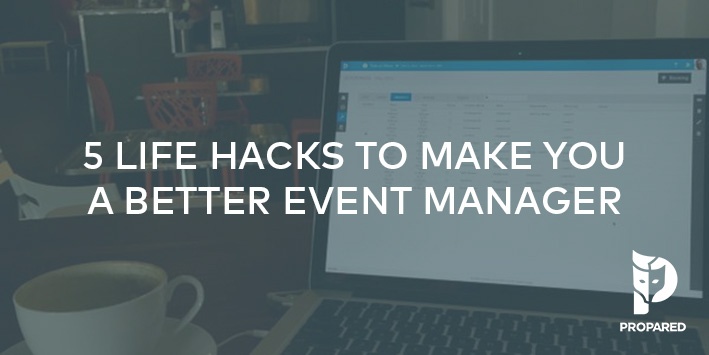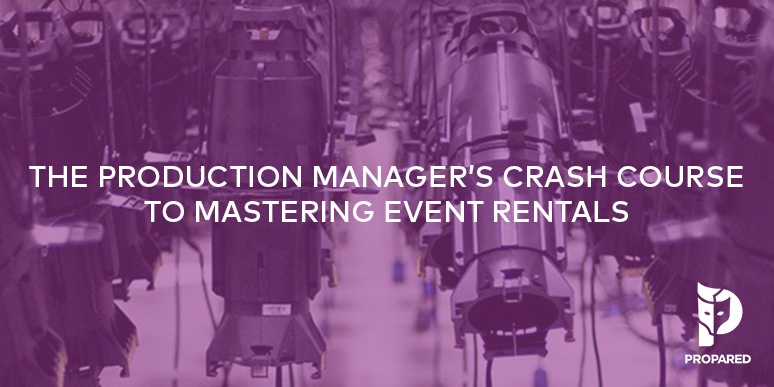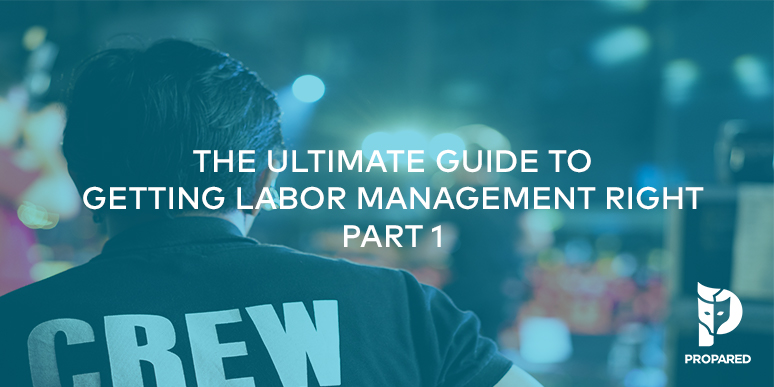
What an exciting year in the events and meetings industry. The explosion in integrated technologyhas given event managers an entirely new set of tools, both to design more impactful experiences and create deeper relationships between clients and attendees.
But adopting new event tech, especially software, has to be more than just a set of features. Or what a colleague says (though trusted reviews are certainly helpful). Maybe now more than ever, in this tech-centric world, you need a plan. One that starts from the ground up and permeates every part of your event business.
So before you go running off to snap up the latest app, make sure you consider these 4 things first.
1. Create a Needs List
Just like planning an event, you need to clearly identify what it is you are trying to do. It’s no use investing in heat map or RFID technology if you’ve got a room full of attendees who aren’t going to be moving around.
Start with some basic questions:
-
What are your goals? (i.e. “I want to streamline my scheduling,” or “I want to build a website for an event”)
-
Where are you the most inefficient? (i.e., what takes up a disproportionate amount of your time or money)
Get specific. For example, if you want a better event scheduling tool, identify your ideal framework. Do you work better with list-based task managers, visual calendars, or a mix of both? Write everything down so you can begin your search with a clear understanding of what to look for.
2. Embrace the Unfamiliar
In creating your needs list, be as open as possible. Try not to filter your needs through, “the way things currently get done.” If the current system is working, you wouldn’t be on the hunt for something new, right?
Embracing new event tech means opening up to this possibility: your current process will likely change. And not just your process but the process of your entire event team. So you’ve got to get their buy-in before you make a change, too. Otherwise, a rough transition will bleed into the ongoing engagement with the product.
Over the past 15 years in managing events, I’ve learned this the hard way. From my personal experience, it can be difficult to see opportunities for improvement. Especially if you’ve been working in one way for a really long time.
But remember that no product ever meets your current workflow perfectly. There are just too many use cases and too many different types of events. Unless you built your own solution from the ground up. And even then, it probably has some bugs and issues you’ve just decided to live with. Either way, don’t stop yourself from exploring what is possible just because you haven’t thought of it (or used it) before.
3. Beware the Trap of “Extra Features”
Let’s use the scheduling software example from above. You need a solution that combines task management and visual calendars in a flexible way. You’ve done some research and put together a few good options. Now what? The easy thing to do is to start looking at “other” features; things that you don’t need but might spark your interest in an altogether different way. Pump the brakes.
It might be more beneficial to look at other parts of the product and company before browsing these extras. For example, what is the customer support experience? Who else is using the product (here’s where referrals come back into play)? Does the company understand the events industry or is it merely attempting to capitalize on a booming tech market?
This doesn’t mean ignore other features completely. Maybe there are components or integrations that could fit into your long-term strategic plan. But in the immediate, compare apple to apples.
4. Let it Grow!
Okay, now I’m about to contradict myself. One of the key factors in choosing the right event tech should be how the product scales with your business. Sure, it’s great that it solves your needs right now. But if you quickly outgrow it (i.e. not enough capacity, higher-tier plans too expensive, etc.), you’ll have wasted a lot of time and money implementing an untenable solution.
This can be one of the most difficult things to assess when building a needs list. As new products flood the market, it’s increasingly difficult to separate the products that are built to last from the products built for a quick win.
Again, you can adopt both kinds of solutions on a case by case basis. It’s just vital that you acknowledge the difference ahead of time.
The best event tech solutions become your partners. They are built to grow with you, to respond to the changing needs of attendees and clients. And there are some amazing solutions out there. Before you jump in to the deep end, do your due diligence first. Your event business will be better off for it.



